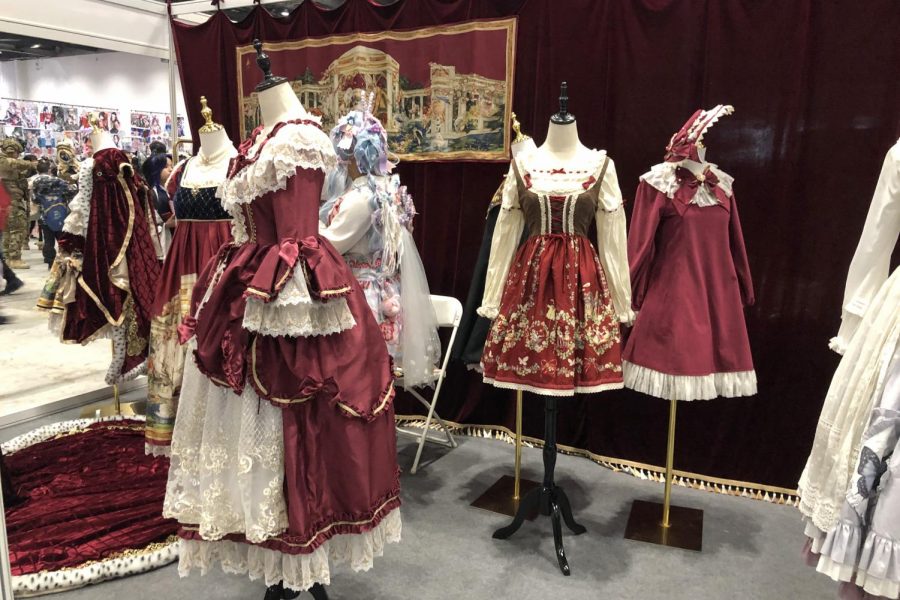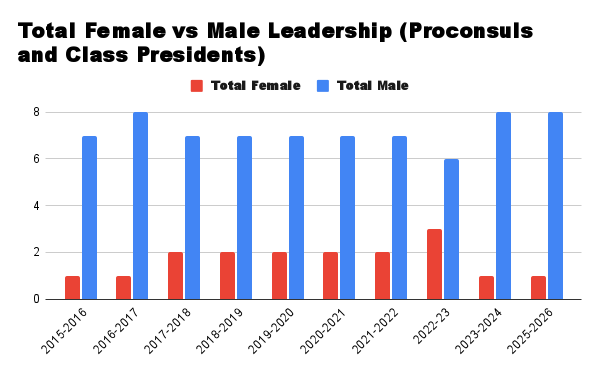The Rules of Lolita Fashion Discourse
Known for its cute and puffy fashion statement, Japanese lolita fashion has been adored by its enthusiasts for years, and has even expanded into western audiences. These enthusiasts that put in great amounts of money for their adorable coordinates have created today’s lolita fashion community, where lolitas of any style congregate online or at conventions to discuss their favorite brands, coordinate pieces or simply to socialize with others who love lolita fashion. While lolita fashion appears as an easy style to replicate by putting on a cute dress and a cute pair of shoes, beneath the frills and lace lie one of the greatest struggles and conflicts within this fashion community–the rules of lolita fashion.
Since the early times of Japanese lolita in 1970s Harajuku, this eccentric style of fashion has branched out to different substyles. Among the array are classic lolita, sweet lolita, elegant gothic lolita (abbreviated as EGL), guro lolita, kodona and many more. As these styles evolved over time, the criteria for making an outfit to be considered a lolita coordinate was established. Some of these rules involve the principles that dresses must always be knee-length, all pieces must match in theme and color, a cupcake or bell-shaped petticoat is an absolute must and the list continues on. The majority of the lolita community has agreed upon these criteria, and one who fails to incorporate the necessary components for a coordinate (which in lolita fashion terms means a complete lolita outfit) is considered “ita”, meaning “painful” in Japanese. This term is commonly used in the lolita community, and is especially used towards people who are new to the lolita fashion and do not take the time to research what is necessary for a coordinate.
Some may argue that these rules are unnecessary and make the lolita community unwelcoming. Those outside of the lolita community or those who have been called “ita” complain about these rules and are quick to jump to the phrase “fashion has no rules.” In response to this, the Lolita Guidebook blog on Tumblr gives a simple and perfect explanation as to why both of these statements do not apply to lolita fashion: “While one is free to wear whatever they please, in fashion circles there are indeed rules”. This statement describes that the rules in this fashion circle are necessary. Being called “ita” or getting informed on what can make one’s coordinate better in the Lolita community is not to turn newcomers away from this fashion circle, rather it is to let newcomers understand the basis of lolita and to respect its history. This poses the question: why respect the history and rules of Lolita?
Within the lolita community, the veterans and well-informed members of the fashion circle agree that lolita fashion is a lifestyle, not cosplay. Lolita has become an integral part of Japanese fashion culture, and considering Lolita as just a “costume” is disrespectful to those who are greatly involved in the fashion circle and take it seriously as a hobby. Therefore, setting these rules of what is and what isn’t considered Lolita fashion helps people within the community distinguish who is genuinely trying to research and invest in the fashion in order to separate them from people who take it lightly or want an excuse to fit into a fashion circle.
While these sets of rules appear as “gatekeeping” the fashion circle, establishing the rules of Lolita fashion down to the smallest details are what keeps the Lolita fashion community alive and enjoyable for newcomers who want to learn and those who have been dressing in Lolita fashions for years.

Hello hello! I’m Faithe (nicknamed Kip by some of my friends), and I am Imua’s online editor in chief. I joined Imua in my freshman year because I...








